Traditional brocade weaving has a long history in Vietnam and is a distinctive cultural feature of the S'tieng ethnic group in Binh Phuoc province . However, this craft is currently facing the risk of extinction. To preserve this traditional craft, many S'tieng women have overcome difficulties to maintain and develop it, hoping to pass it on to future generations so they can be proud of their ethnic cultural identity.
According to Ms. Thi Hanh, a resident of Bung Se hamlet, Tan Thanh commune, Dong Xoai city, the traditional brocade weaving craft of S'tieng women in the area has been "absent" for over a decade. She used to know how to weave, and occasionally, missing her mother, she would take out her loom. But she hasn't woven for several years now because her eyesight has deteriorated, sitting for long periods causes back pain, and her children and grandchildren are not interested in the traditional craft. She has now put away her loom as a memento of her life.
Cultural assimilation
While in the past, S'tieng women in villages and hamlets throughout the province all knew how to weave brocade, today only a few S'tieng women still maintain this craft. This is partly because in the past, the S'tieng people's lives were primarily self-sufficient, allowing the weaving craft to flourish. Nowadays, the market offers many cheaper, mass-produced brocade products, making traditional woven brocade less competitive. Another reason is that the clothing of S'tieng women has changed significantly; most young people are no longer interested in traditional attire and dress almost like the Kinh people, so brocade is now rarely seen at traditional festivals.

In the past, the S'tieng people used brocade fabrics for everyday clothing, adornment, and as gifts to their children and grandchildren on important family and community occasions. However, nowadays, due to changing social needs, very few families still use brocade for these purposes, so brocade products are no longer as common as before. Ms. Drenh Thi Hanh, Vice Chairman of the People's Committee of Quang Minh commune, Chon Thanh town, said that the decline of brocade weaving among the S'tieng people in the commune is partly due to the time-consuming and labor-intensive weaving and finishing process, but currently, brocade products have not truly become marketable goods. The products do not have a stable market, and brocade weavers do not yet earn an income from the craft, so the spread, maintenance, and transmission to the next generation are gradually shrinking.
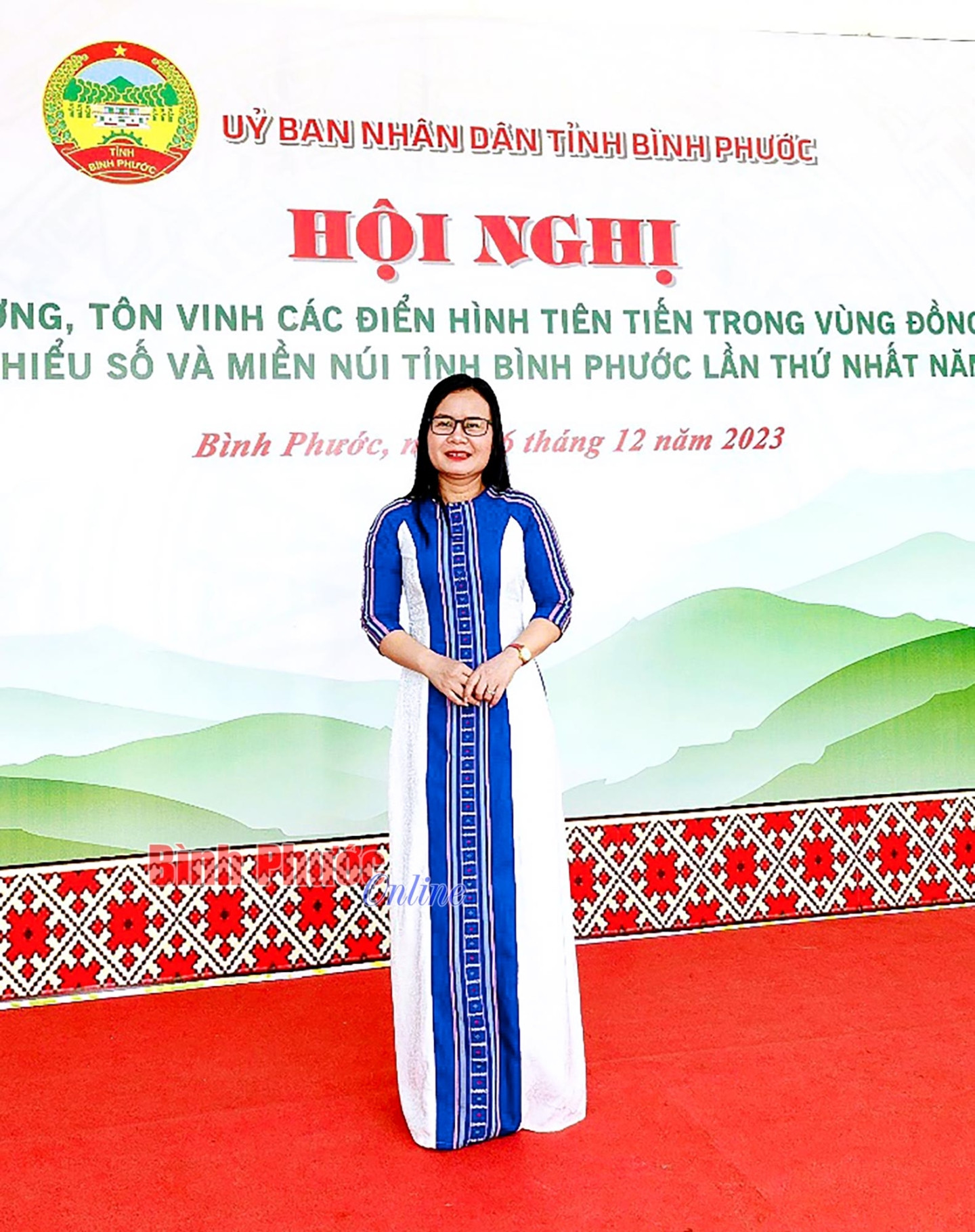

Furthermore, the gradual decline of the S'tieng people's brocade weaving craft is also due to the process of cohabitation, which has led to cultural contact, interaction, and transformation between the S'tieng community and other ethnic groups. Therefore, many traditional cultural elements of the S'tieng people are changing and fading away, including the traditional brocade weaving craft. Currently, the preservation and promotion of the S'tieng brocade weaving craft in Binh Phuoc is carried out on the basis of the self-awareness of each individual. However, for generations, the S'tieng community in Binh Phuoc has preserved and passed down the brocade weaving craft through family or community teaching. The risk of the traditional brocade weaving craft disappearing is increasing as many young people are no longer interested in wearing traditional clothing in their daily lives and no longer want to learn weaving.
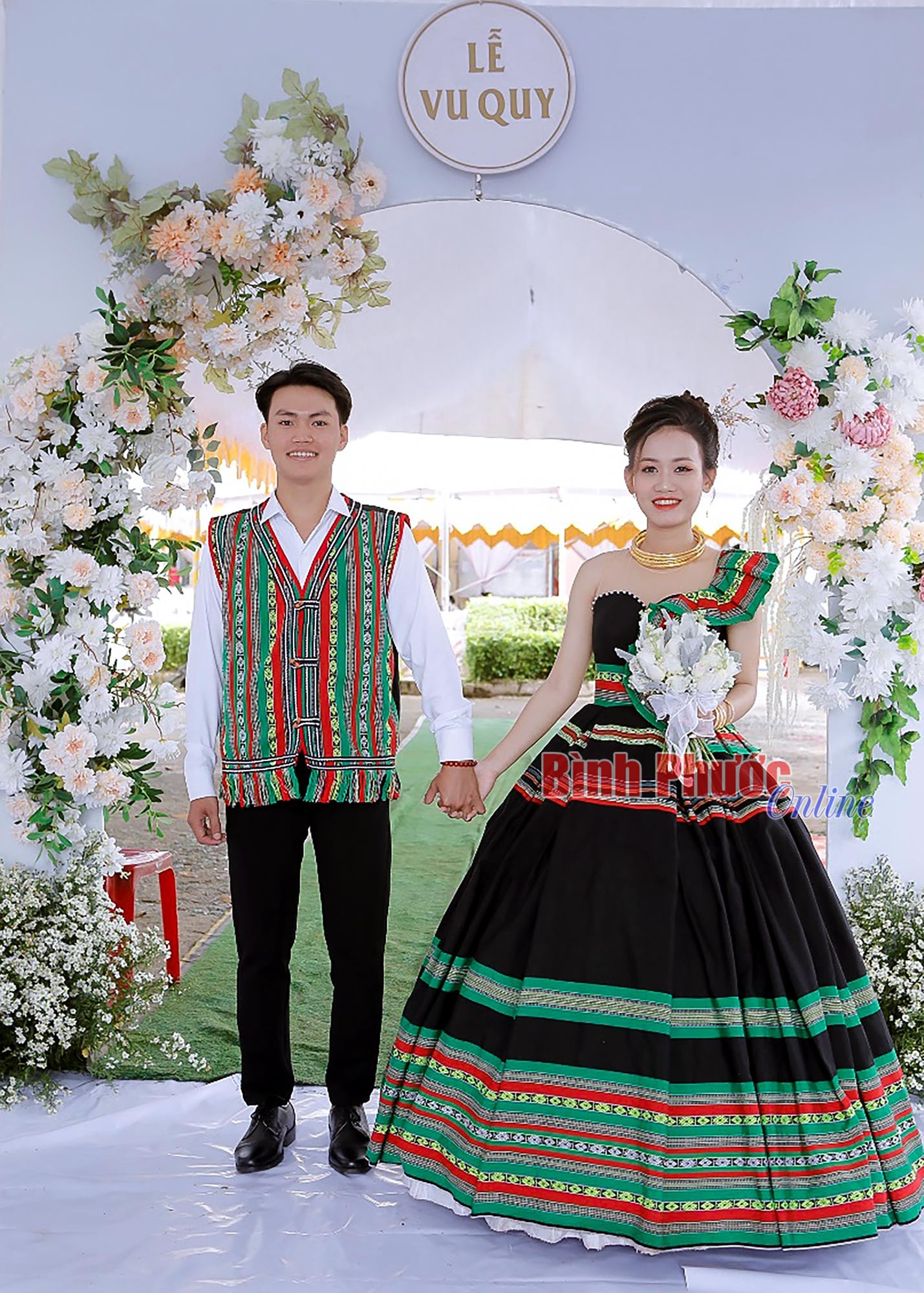
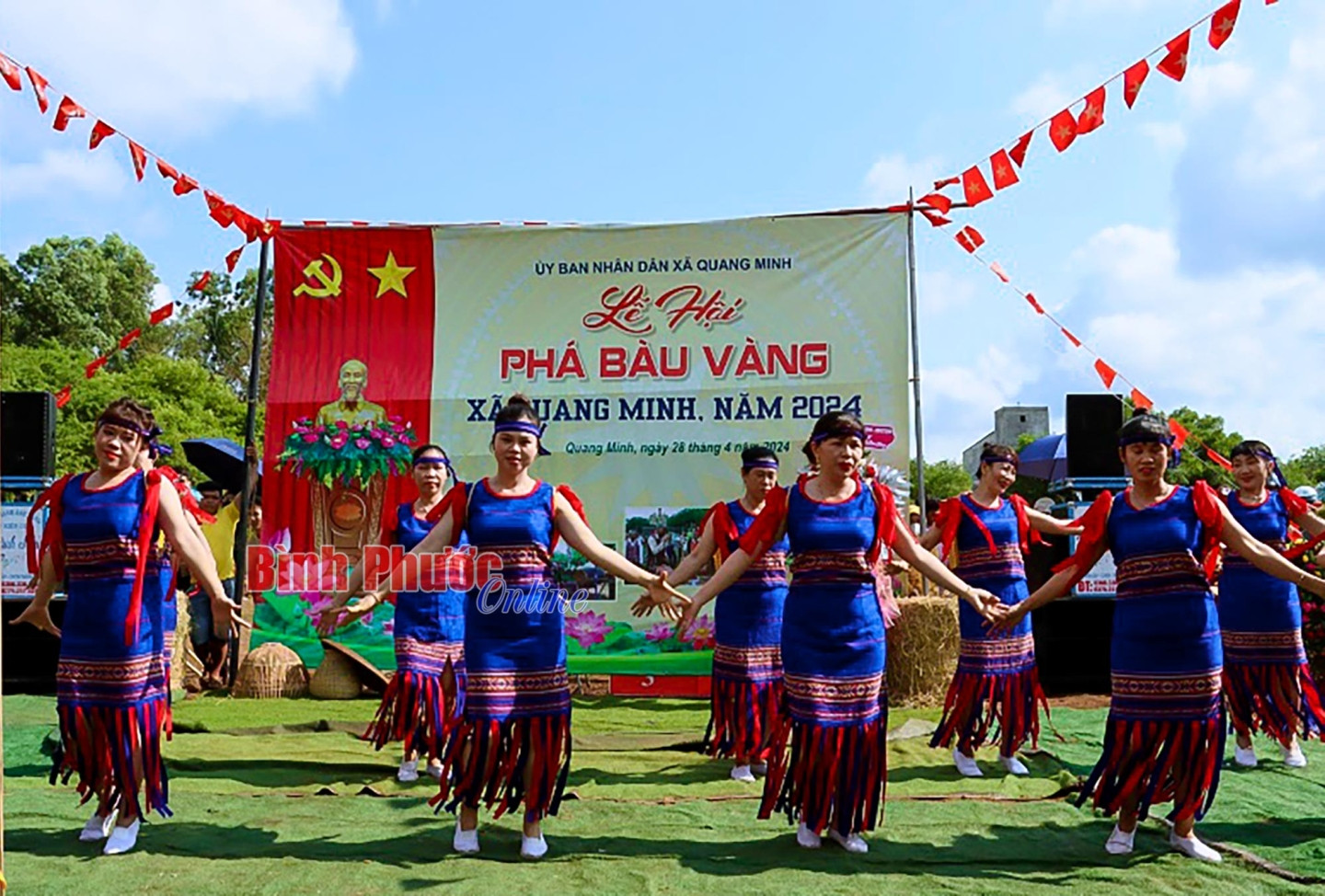
Efforts to maintain
Faced with this situation, local authorities in some communes of Bu Dang, Bu Gia Map, Hon Quan, and Phu Rieng districts have recently established teams and groups to teach and practice brocade weaving. However, this work has only contributed to maintaining the brocade weaving craft and has not yet provided effective solutions to preserve and promote this cultural heritage.
Weaving a piece of brocade fabric involves many steps. If the material is from forest trees, the outer bark must be extracted, stripped into fine fibers, and spun into threads for weaving. If made from cotton, the cotton must be grown, harvested, spun into threads, dyed, and then woven. To create the colors for the patterns, the S'tieng people use natural dyes to color the threads. To create intricate and unique patterns, weavers must possess skillful hands, an aesthetic sense, and a thorough understanding of lines, colors, and shapes. Today, some S'tieng women also creatively adapt and modify the patterns on brocade fabric to suit modern life and consumer tastes.
Ms. Thi Phuong, Head of the Brocade Weaving Association in Quang Minh commune, Chon Thanh town, said: Currently, members of the association buy industrial threads in various colors to replace the old ones. Maintaining this craft is mainly about preserving and conserving it so that future generations remember their ethnic cultural origins. Therefore, brocade weaving is no longer as widespread as it once was, and is only found in a few places such as Bu Gia Map district (Dak O commune), Bu Dang district (Binh Minh, Bom Bo, Tho Son, Thong Nhat communes), Hon Quan district (Thanh An commune), and Chon Thanh town (Quang Minh commune)...
Source








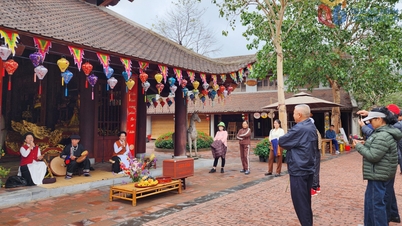



























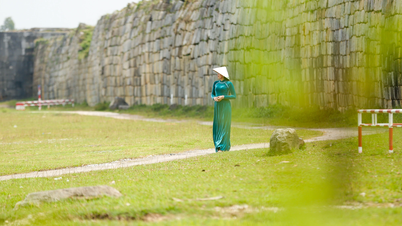

























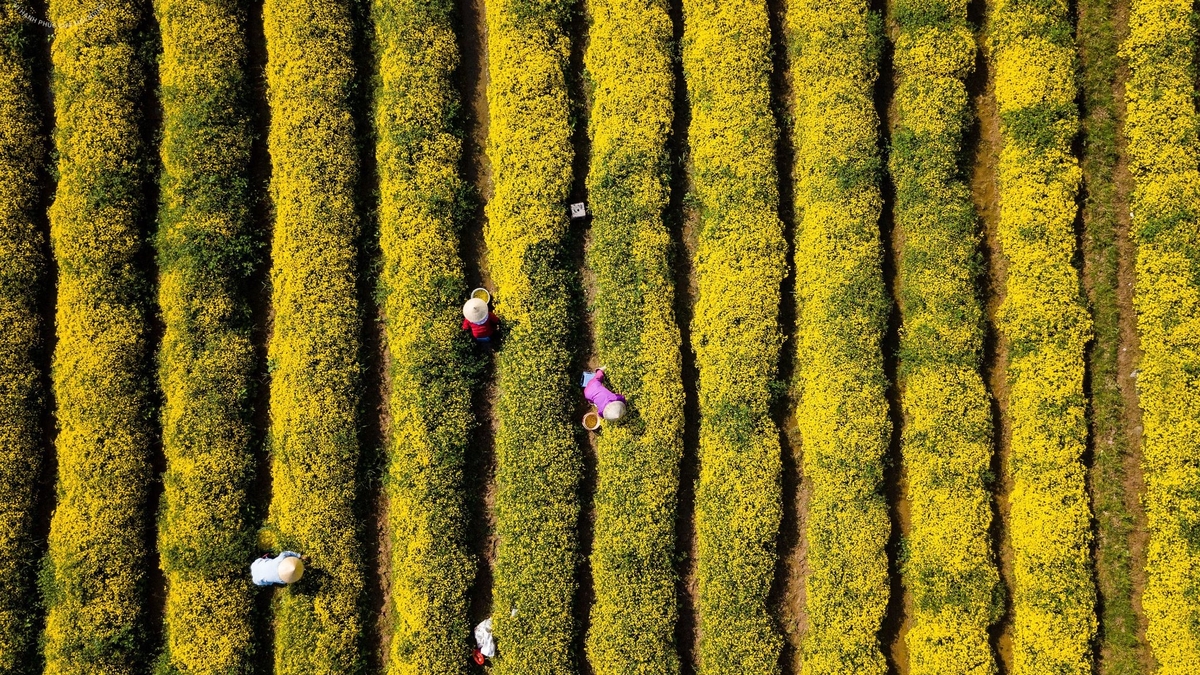









































Comment (0)